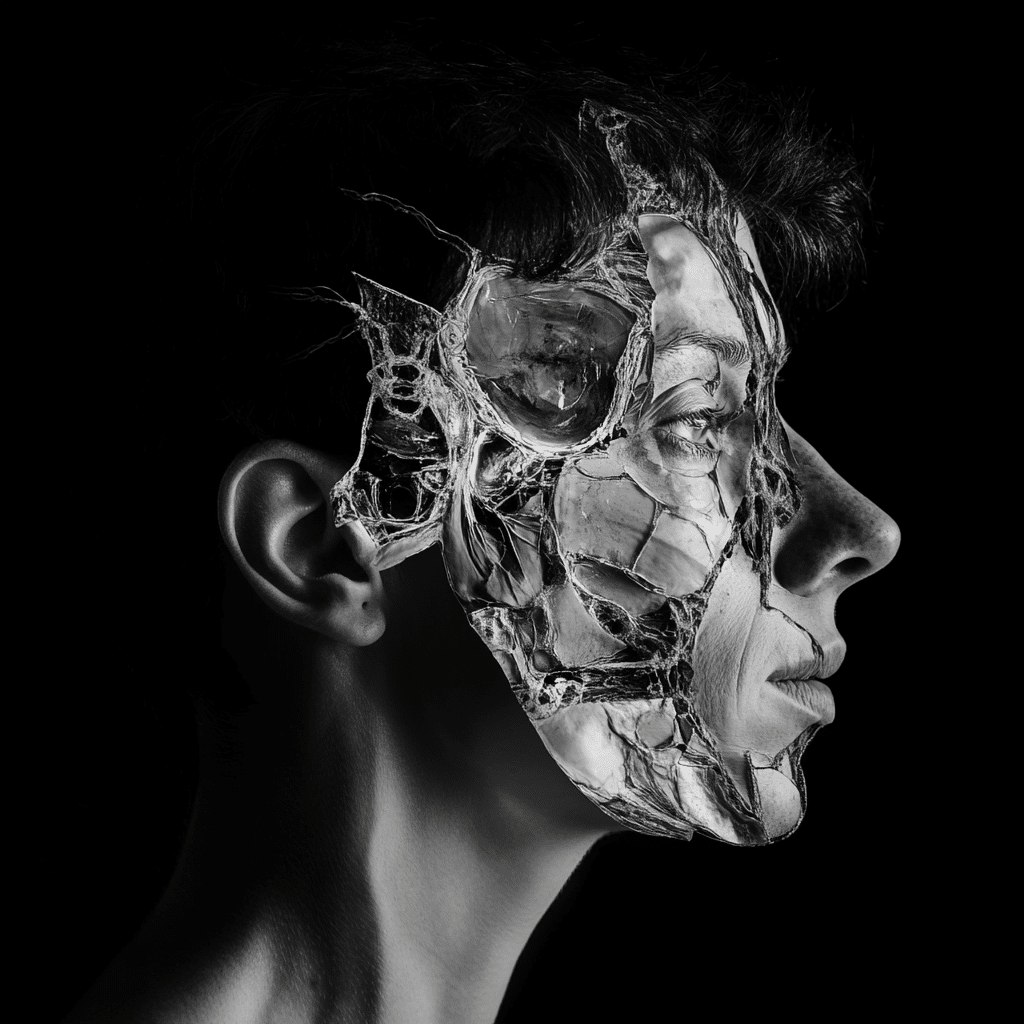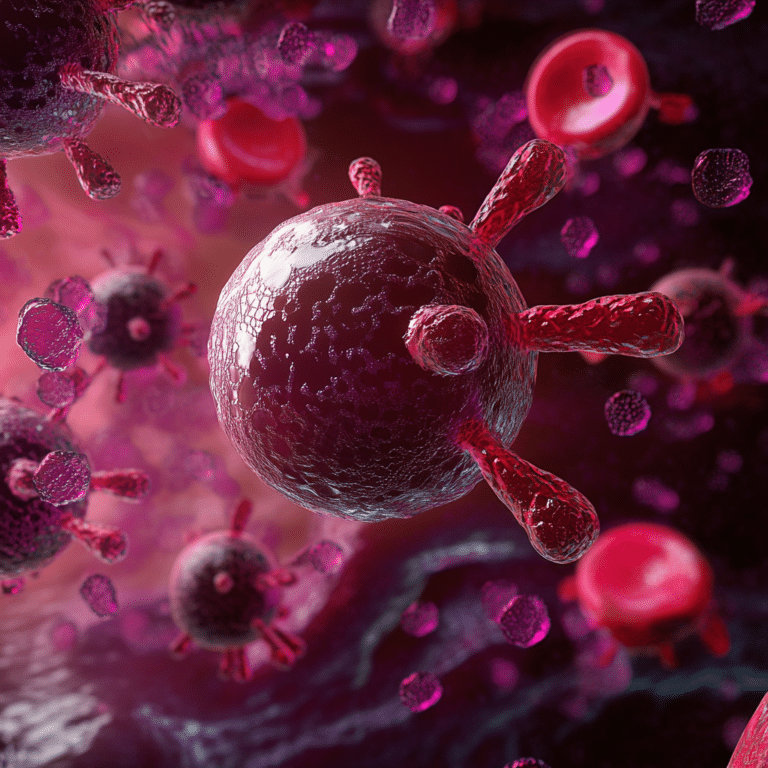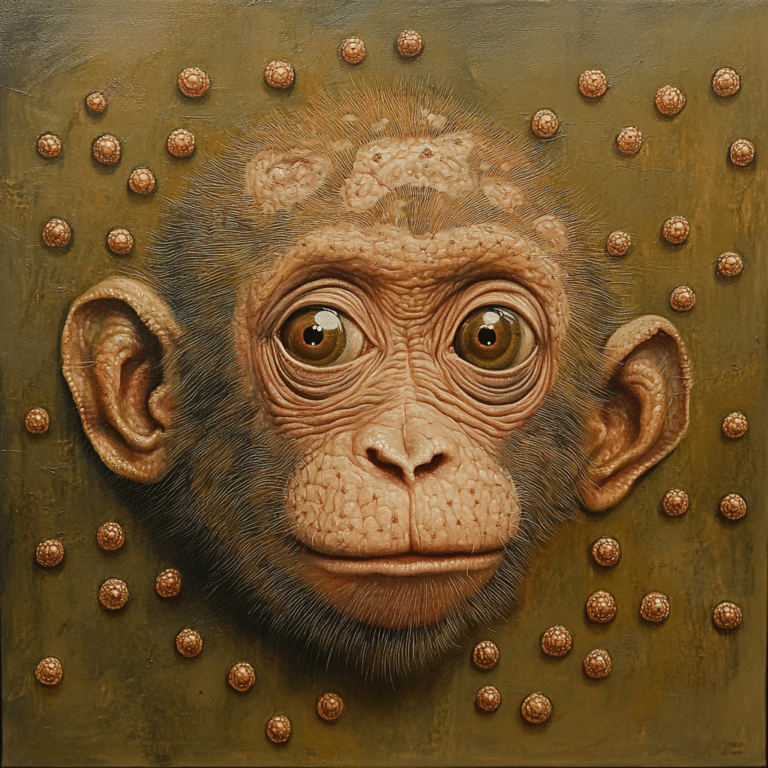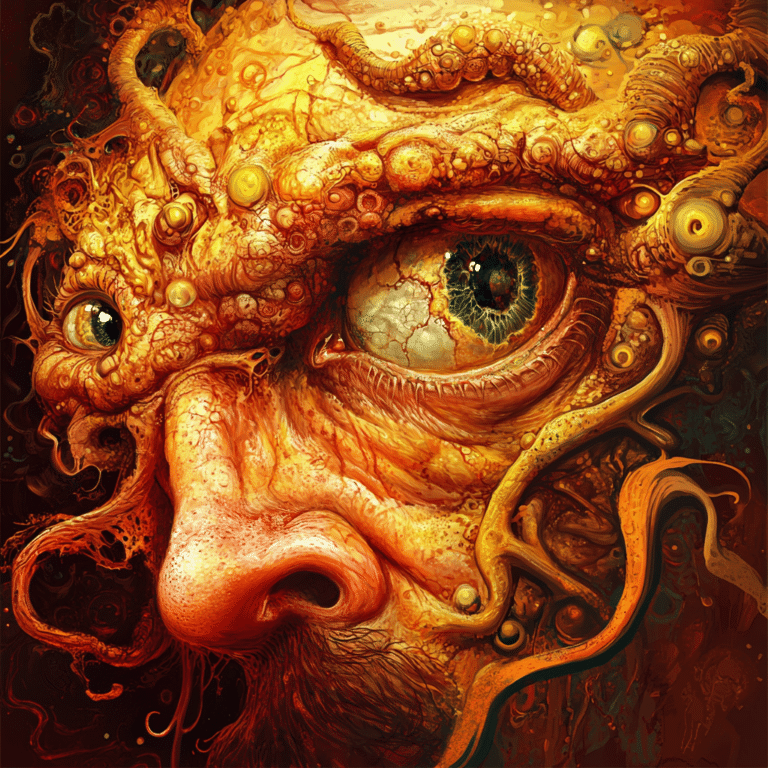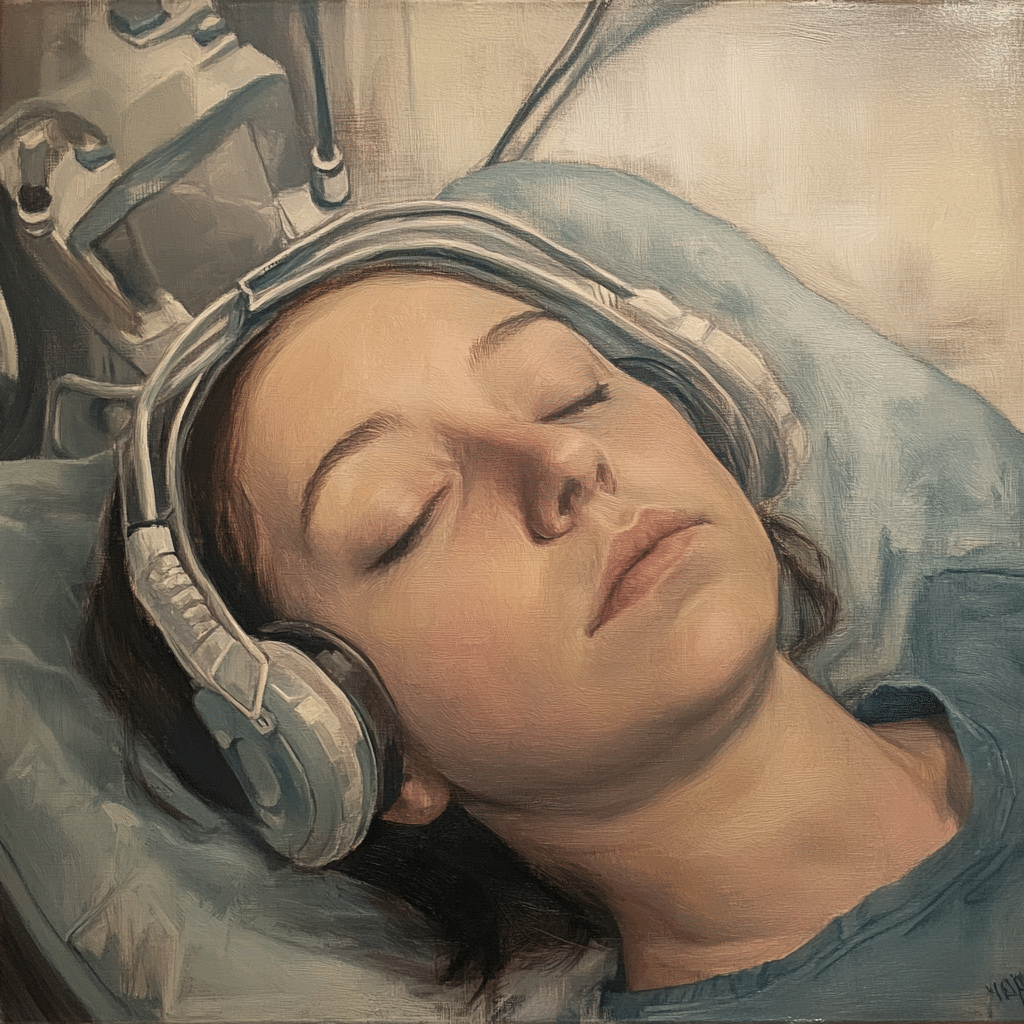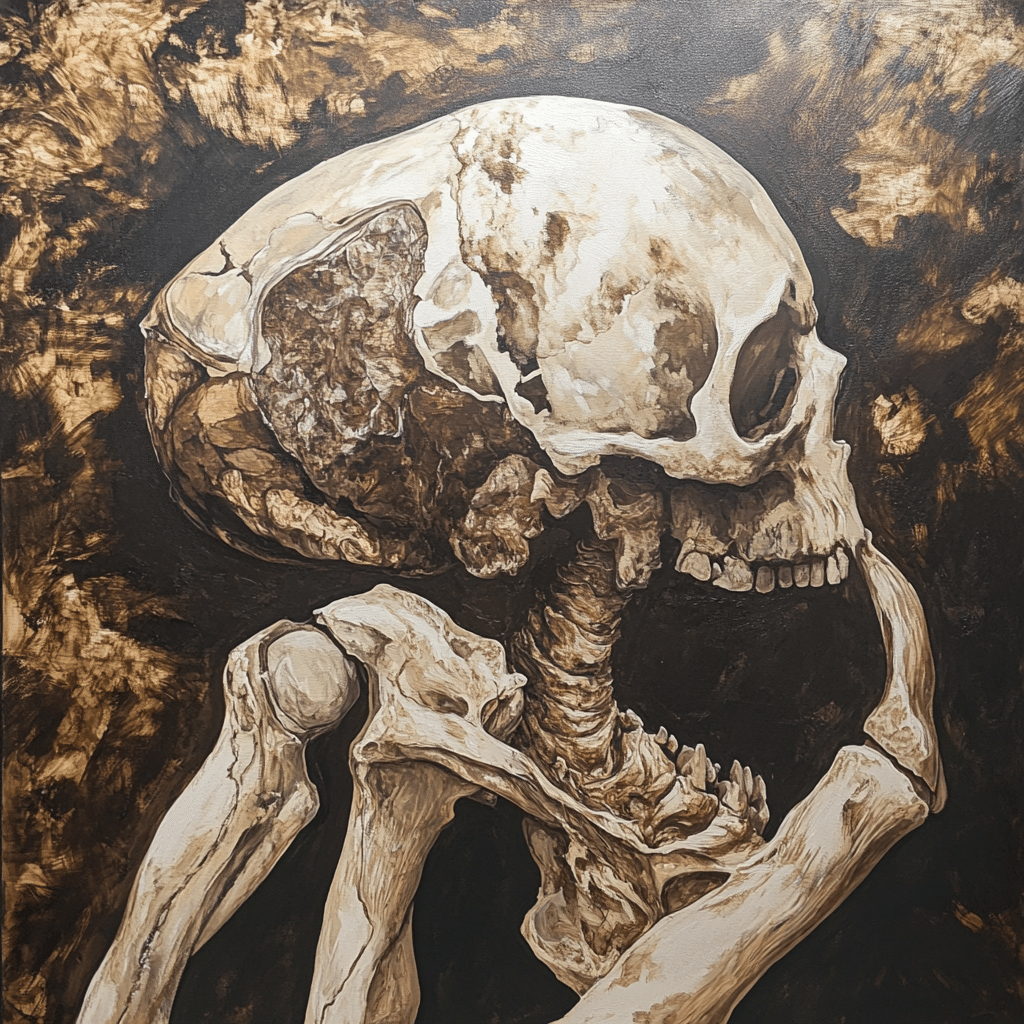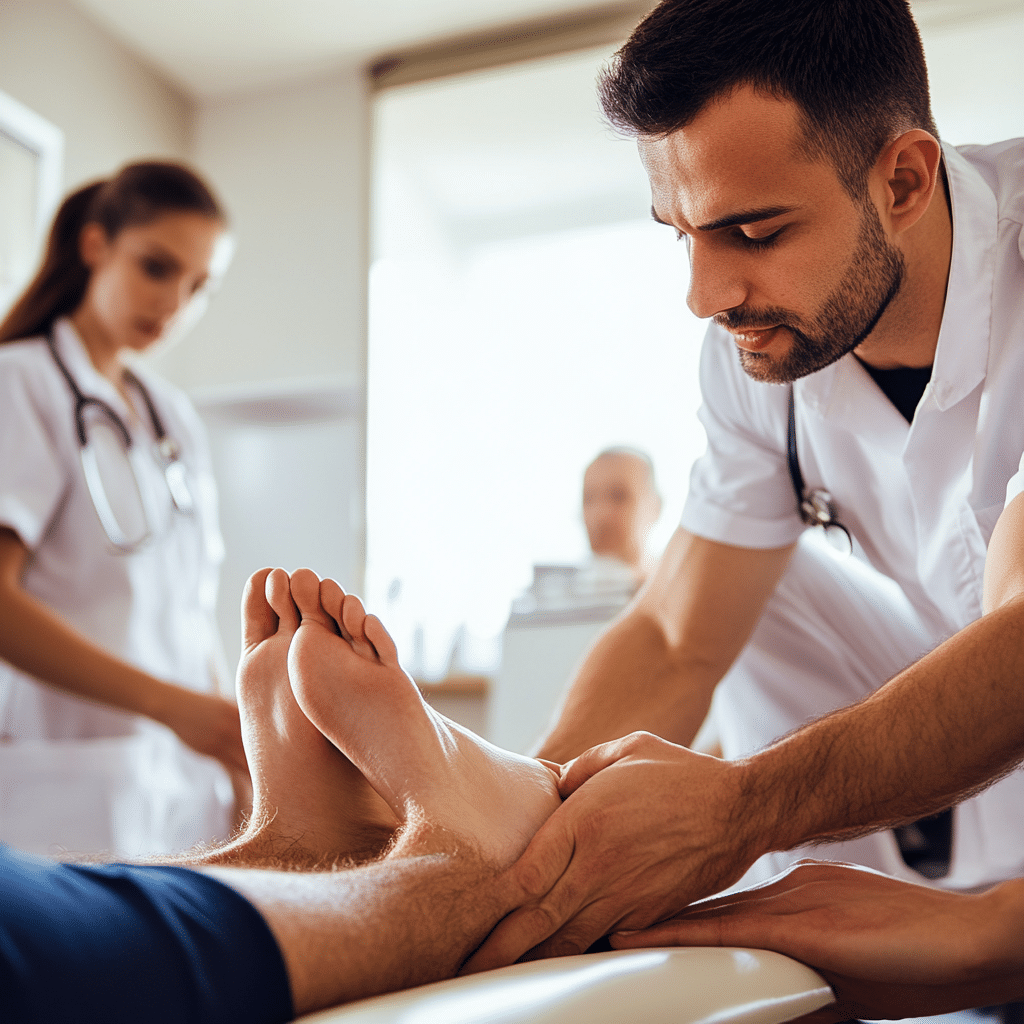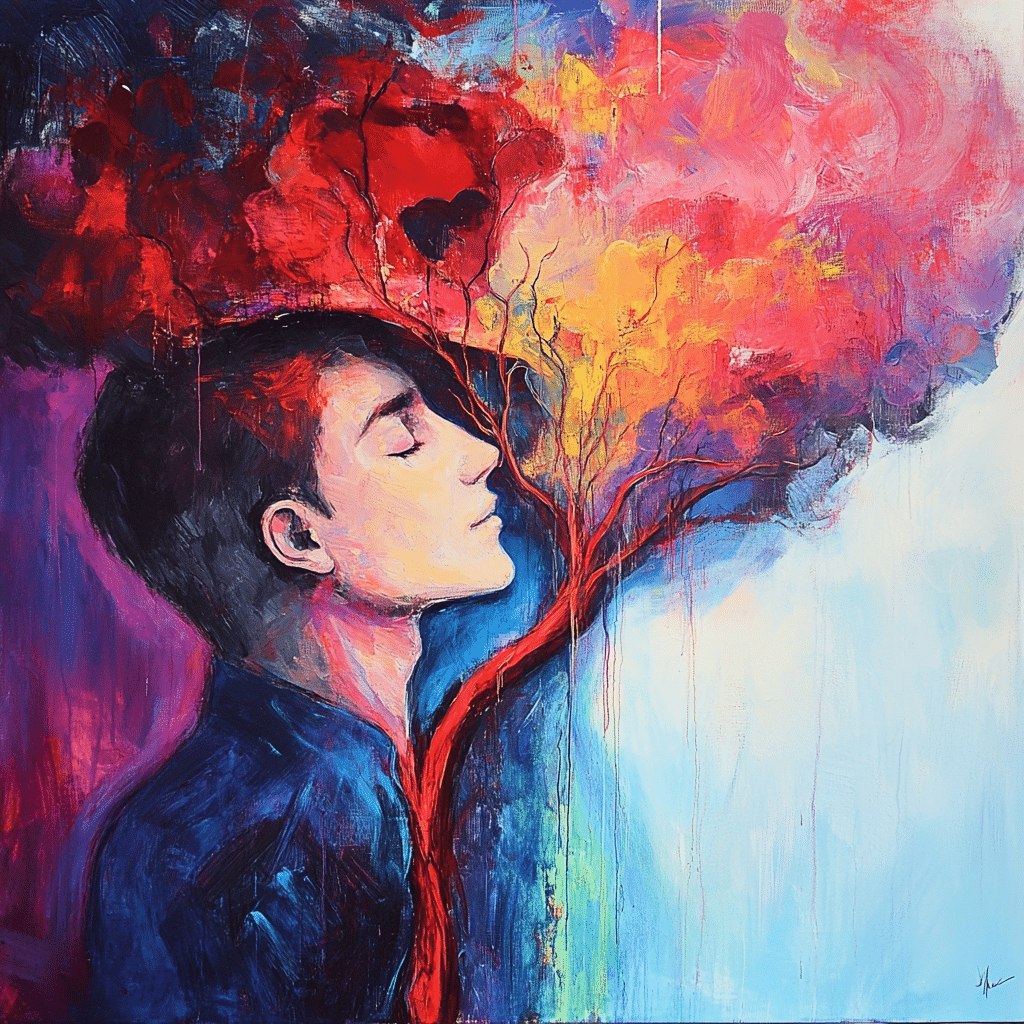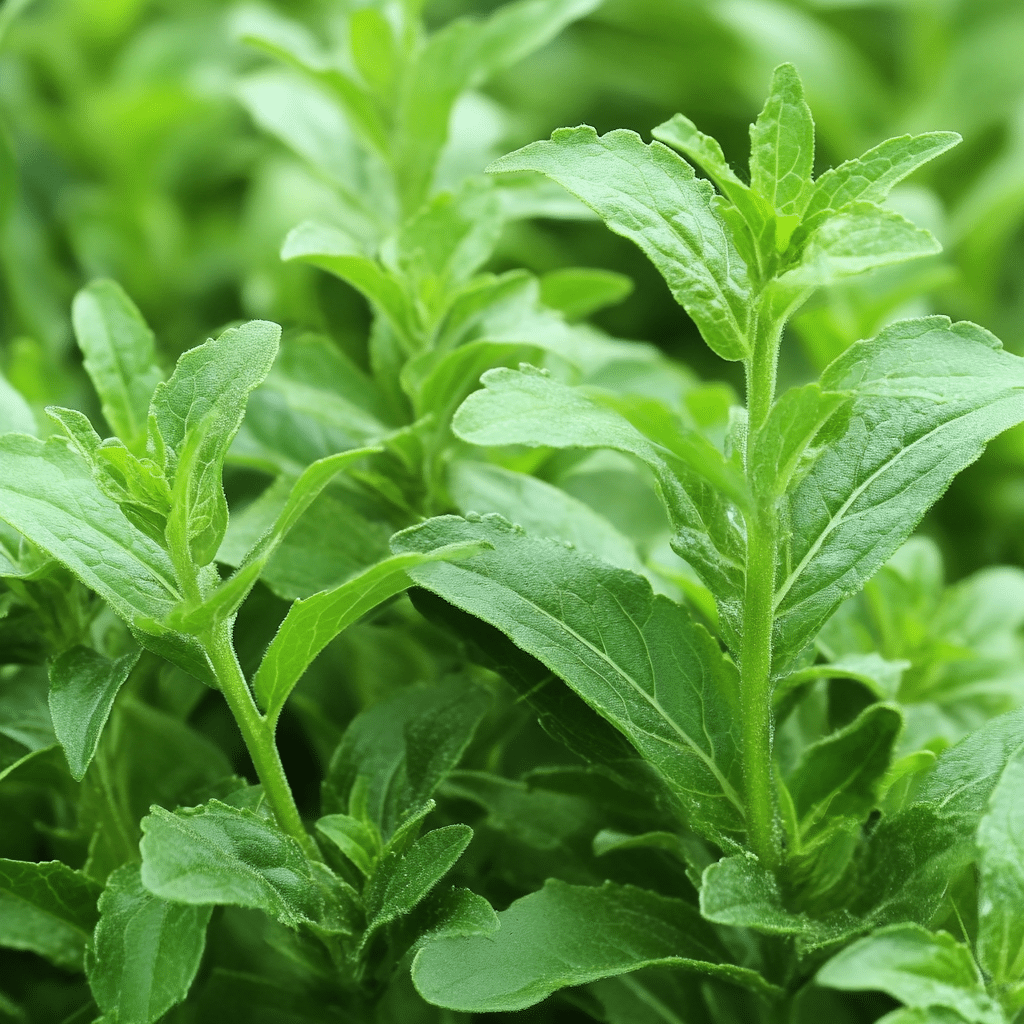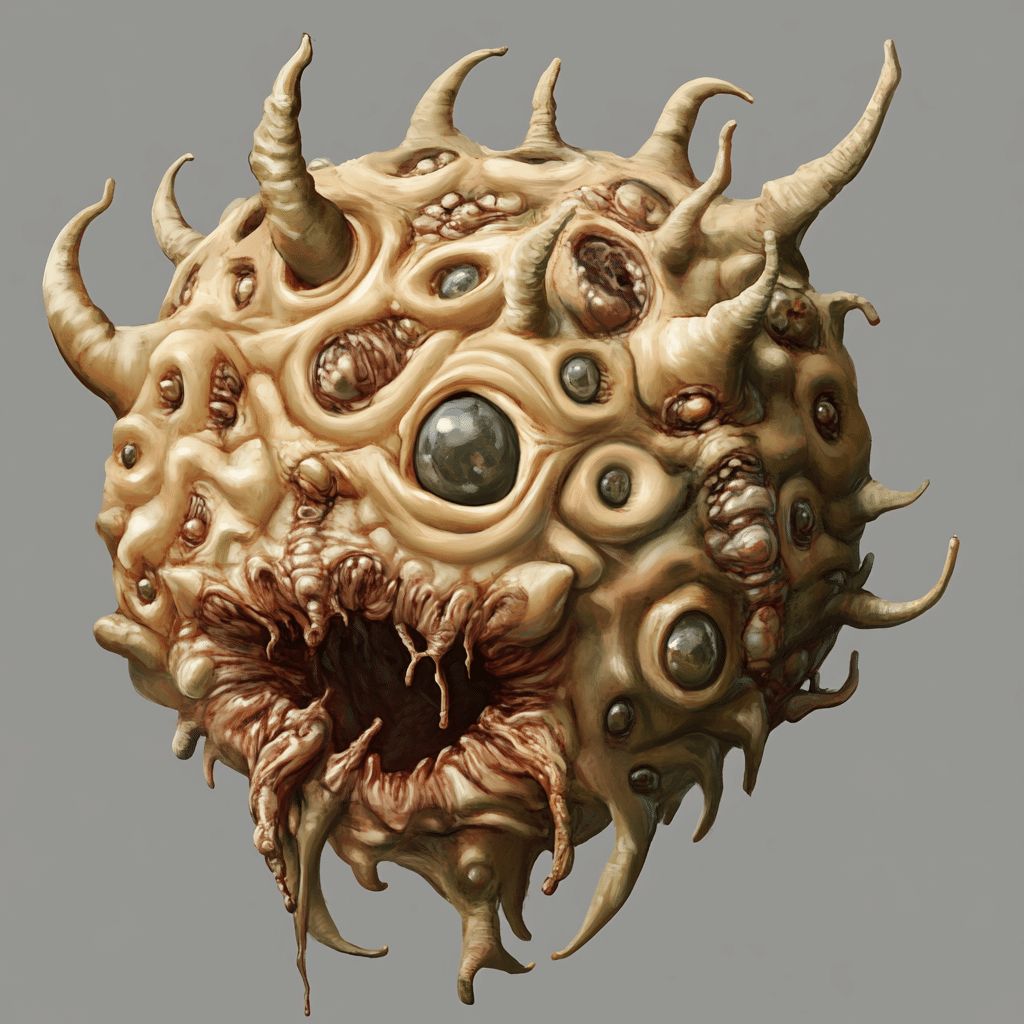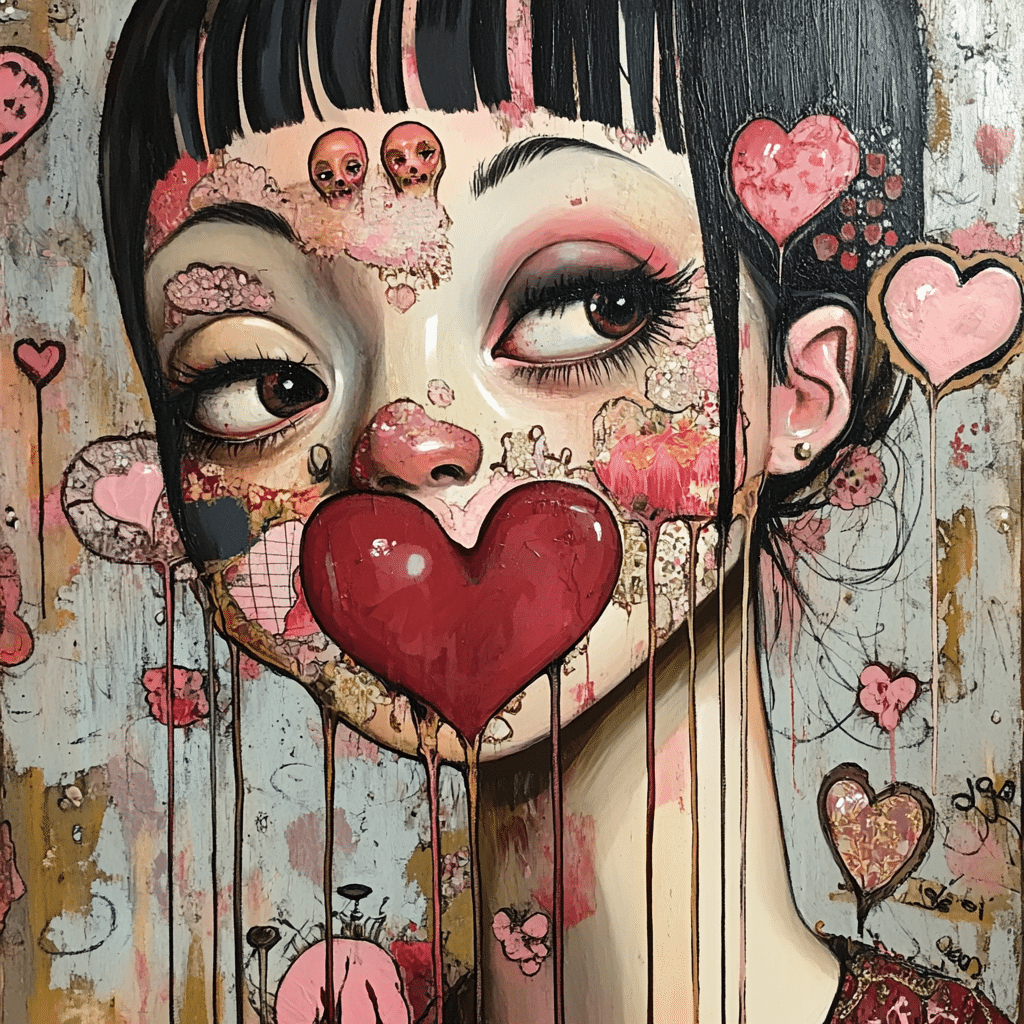Androgen Insensitivity Syndrome (AIS) is a rare genetic condition that shines a light on the wide spectrum of human identity. Affecting individuals who are genetically male (XY chromosomes), those with AIS face challenges linked to their ability to respond to androgens, crucial hormones that shape male traits. The mutation in the androgen receptor means that while some individuals present with typical female anatomy and identify as women, they can encounter a host of complexities related to identity and societal perspectives. Life isn’t always a smooth ride for those with AIS, but many showcase resilience that can inspire anyone on their own journey—whether that’s building muscle, embracing diversity, or stepping into their authentic selves.
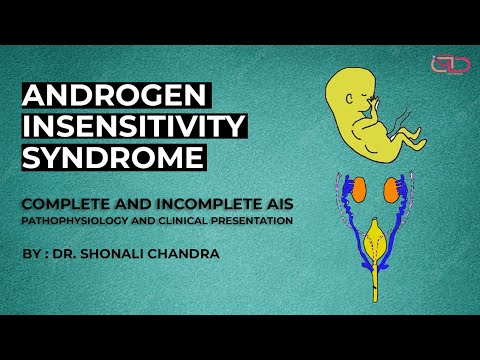
Understanding Androgen Insensitivity Syndrome: A Deep Dive into Its Impact
At the core of androgen insensitivity syndrome is a genetic mutation causing a lack of response to androgens. This means that while individuals genetically classified as males may have XY chromosomes, they might develop external characteristics typical of females, usually devoid of typical male reproductive organs. The result? An identity that can challenge societal norms and expectations.
Navigating life with AIS isn’t just about physical characteristics; it’s about self-acceptance and public perception. People with AIS often confront societal scrutiny that questions their gender identity. However, embracing this divergence from traditional norms equips them with a unique perspective on life. In a society that promotes a rigid understanding of gender, their stories become vital reminders of the beauty in diversity.
Understanding AIS also involves recognizing the medical landscape. For the individuals diagnosed with AIS, the attention usually hones in on physical health—surgeries or hormonal treatments may be recommended. But there’s another layer here: the emotional and socio-cultural impacts that can overshadow clinical discussions. Empathy, education, and advocacy become the cornerstones for overcoming these obstacles.
The Spectrum of Experiences in AIS: 6 Real Stories of Strength and Resilience
Sarah’s journey started with her AIS diagnosis as a child. Initially fraught with confusion and isolation, she faced a world where acceptance was hard to come by. However, she turned her challenges into advocacy, promoting intersex rights and generating awareness about the importance of acceptance. Sarah embodies resilience, reminding others to embrace identity, no matter how unconventional.
Jordan’s story emphasizes the importance of health advocacy. After undergoing surgeries, he had to navigate a medical field often unaware of AIS nuances. He fought for informed consent and patient autonomy, shedding light on the genuine struggles many face behind closed doors. Through motivation and grit, Jordan empowers others to take charge of their health.
Emma has taken social media by storm, openly sharing her AIS story and breaking norms surrounding gender. She presents an inspirational narrative that highlights the need for dialogue about intersex identities. By challenging stereotypes and sparking conversations, she plays a crucial role in changing perceptions, making strides for others like her.
In a powerful narrative, Alex speaks about being both a person of color and living with AIS. This intersection allows Alex to provide a unique perspective, underscoring the need for diversity within the intersex community. By sharing stories rooted in varying contexts, Alex emphasizes self-acceptance while challenging monolithic views of intersex experiences.
Chris embarked on a journey filled with questions surrounding fertility. Amid societal misconceptions suggesting AIS doesn’t relate to parenthood, he opened up about the desire to foster life. This conversation is essential, as many automatically assume AIS individuals are disconnected from reproductive options, further igniting needed dialogues about parenthood in intersex contexts.
Using artistic mediums, Taylor amplifies the voices of those within the AIS community. Their creativity delves into themes of identity, illuminating paths for others navigating similar experiences. Through storytelling and art, Taylor makes strides in advocacy, ensuring that intersex narratives are part of wider discussions and societal understanding.

The Intersection of Histamine Intolerance and AIS: What You Need to Know
Let’s pivot slightly to the surprising intersection of androgen insensitivity syndrome and another health condition—histamine intolerance. Research shows that individuals with AIS can often experience histamine-related issues, potentially complicating already intricate health dynamics. Understanding how AIS intertwines with autoimmune conditions like histamine intolerance is crucial for holistic health management.
Histamine intolerance can lead to a range of symptoms, including headaches, digestive issues, and skin reactions. Those with AIS not only juggle the challenges of sexual development but may also deal with additional symptoms that impact their daily lives. Heightened awareness of these intersecting conditions emphasizes the need for comprehensive healthcare planning.
Recent studies indicate a significant correlation between genetic conditions and increased incidence of histamine intolerance. Recognizing this link encourages healthcare providers to adopt more inclusive approaches while treating patients with AIS. It’s about not just treating the symptoms, but understanding the full scope of health and wellness.
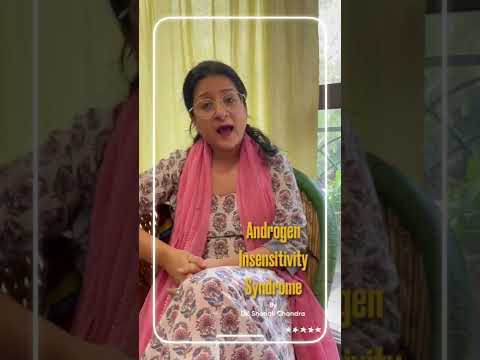
Methemoglobinemia: A Genetic Perspective Relevant to AIS
While AIS stands alone in its challenges, methemoglobinemia offers another lens through which we can view genetic complexities. Like AIS, methemoglobinemia isn’t widely understood, yet it highlights the need for awareness regarding genetic conditions. Individuals with both AIS and methemoglobinemia create unique narratives of resilience.
Navigating both conditions means facing a double-edged sword of identity and health management. Those living with AIS and methemoglobinemia require careful medical attention, as each disorder presents its own set of complications. Education for healthcare providers about these overlaps is key, ensuring that all patients receive tailored support and advocacy.
This dual experience cultivates a strong narrative of perseverance. People with multiple genetic conditions often rise as powerful advocates—not only for their own health but for broader awareness and acceptance. Their experiences form an essential piece of the tapestry that showcases the diverse world of genetic conditions.
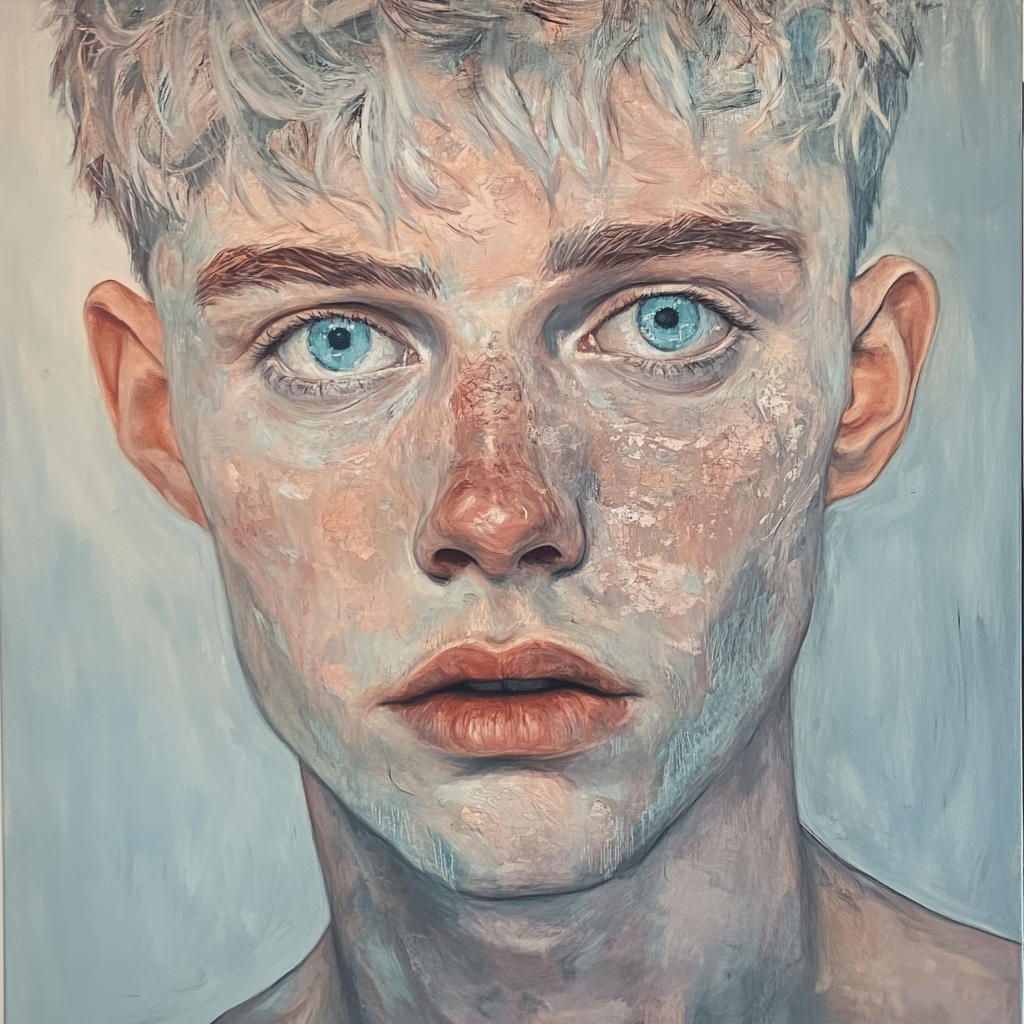
Strength in Community: Building Support Networks
Building a network of strength is vital for individuals navigating androgen insensitivity syndrome. Community can provide much-needed support, and organizations like InterACT and the AIS-DSD Support Group have become safe havens. These platforms offer a nurturing space for people to share experiences, validate feelings, and offer the kind of solidarity that can lift spirits.
Community engagement is crucial, especially in advocating for appropriate healthcare practices. The stories shared within these groups amplify individual struggles while challenging systemic healthcare shortcomings. Together, they stand strong, ensuring that conversations about intersex rights and medical ethics are front and center.
Support networks are critical. Sharing resources can empower all individuals with AIS as they navigate advocacy and self-identity journeys. Creating a collective voice enhances visibility, leading to greater awareness and acceptance in society at large.

Embracing the Future: Identity, Strength, and Advocacy
As we look toward the future, the conversation surrounding androgen insensitivity syndrome is evolving. Rising awareness fosters a richer dialogue about identity and societal acceptance. It’s not just about the medical perspectives; it’s about celebrating the diverse experiences of intersex individuals.
Advocacy plays a crucial part in this evolution. Individuals sharing their stories of strength pave the way for future generations. Their journeys create a legacy where discussions about intersex identities become normalized, promoting greater understanding and acceptance.
Those with AIS embody strength, resilience, and authenticity in a world that sometimes struggles to embrace differences. As societal perceptions shift, we can all learn from these narratives of identity—lessons in strength, courage, and the beauty of being one’s true self. In the grand scheme, everyone, regardless of their background or identity, can find inspiration in the journey of those with AIS.
In a world seeking a more inclusive future, let’s champion these stories, celebrate achievements, and embrace every unique path. By promoting awareness, we break down stigma and build bridges toward understanding—a journey worth sharing and learning from.
As we continue our mission to inspire and support, let’s keep pushing our limits, striking out for what’s right, and crafting a future where everyone can celebrate their identity. Remember, every journey—each twist and turn—carves a path towards strength and empowerment. Always aim high, and don’t forget to lift each other up along the way!
Androgen Insensitivity Syndrome: Fun Facts and Trivia
Understanding the Genetics of Androgen Insensitivity Syndrome
Did you know that androgen insensitivity syndrome (AIS) is linked to how our bodies respond to androgens, or male hormones? This fascinating condition arises when an individual with XY chromosomes develops as female due to a genetic mutation. What a twist in nature! Just like how a stroll in the south coast botanic garden could unveil awe-inspiring plant diversity, AIS offers a unique glimpse into the human genetic puzzle. It’s not just about physical differences; it also emphasizes diverse experiences of gender identity and personal strength.
Living with Androgen Insensitivity Syndrome: The Strength Within
The journey of individuals with androgen insensitivity syndrome often involves challenges, but it also sparks incredible resilience. Think about it: learning about one’s identity can be like untangling a complex thread of emotions and societal perceptions. On this journey, individuals might sometimes turn to resources that can provide comfort or clarity. Interestingly, studies have shown that many find alternative therapies, such as guided meditation through services like psychic source, can alleviate some of the emotional stress related to identity exploration. It’s all about finding what fits best for each unique path!
The Importance of Support Networks
Support networks play an essential role in the experiences of those with AIS. Whether it’s close friends or family, having a safety net to rely on can make all the difference. Fun fact: just like how a good high-yield savings account can help you build financial security, a strong, supportive circle boosts emotional well-being. Community groups and online platforms provide spaces for individuals to share their stories, helping others navigate their own experiences related to androgen insensitivity syndrome in an encouraging environment.
Trivia on Treatment and Health Insights
When it comes to managing and addressing hormone-related issues, treatments can vary greatly. Some might even incorporate medication, such as piroxicam, an anti-inflammatory used for various conditions. This brings up an essential aspect of AIS management: monitoring overall health. For instance, ensuring sufficient Vitamin K intake can significantly aid those undergoing treatments, making insights on vitamin K Benefits particularly relevant. It’s a reminder of how every piece of the puzzle has its importance, reinforcing the need for awareness around androgen insensitivity syndrome and related health topics.
In conclusion, diving into the world of androgen insensitivity syndrome reveals not just a condition but a spectrum of strength, identity, and community. The journey is personal and powerful—just like discovering a hidden treasure along the trail of life; sometimes, it might feel a bit blurry along the way, but help is always available.
